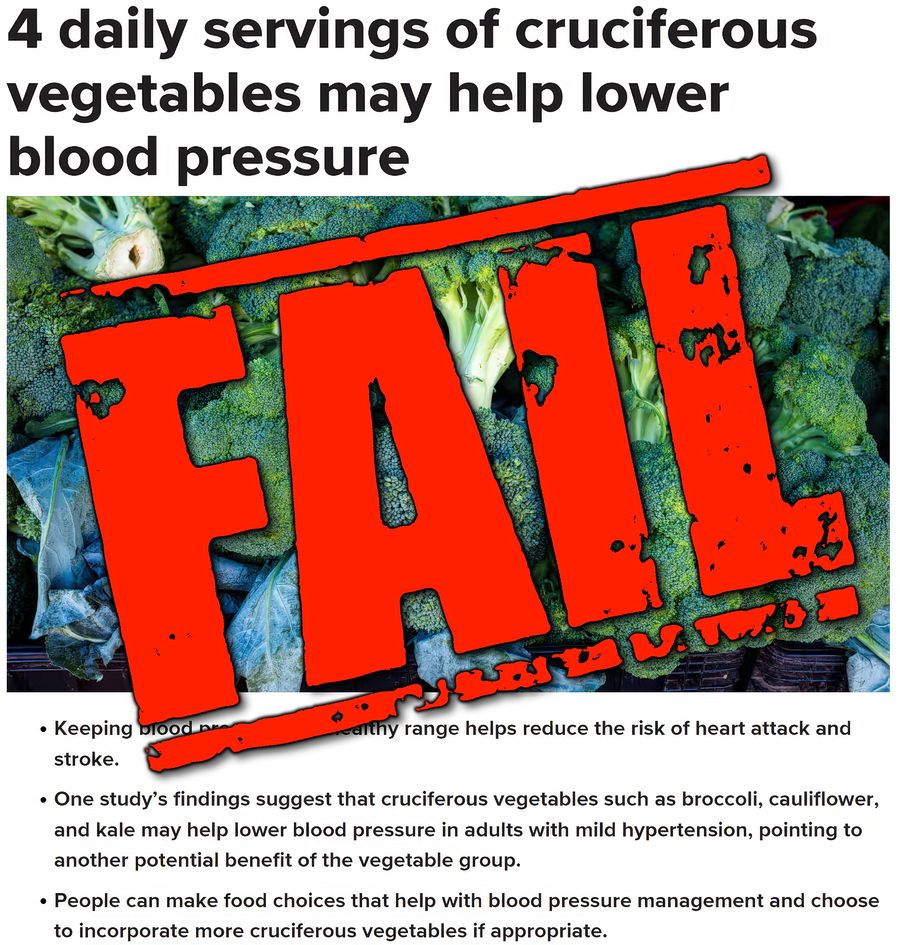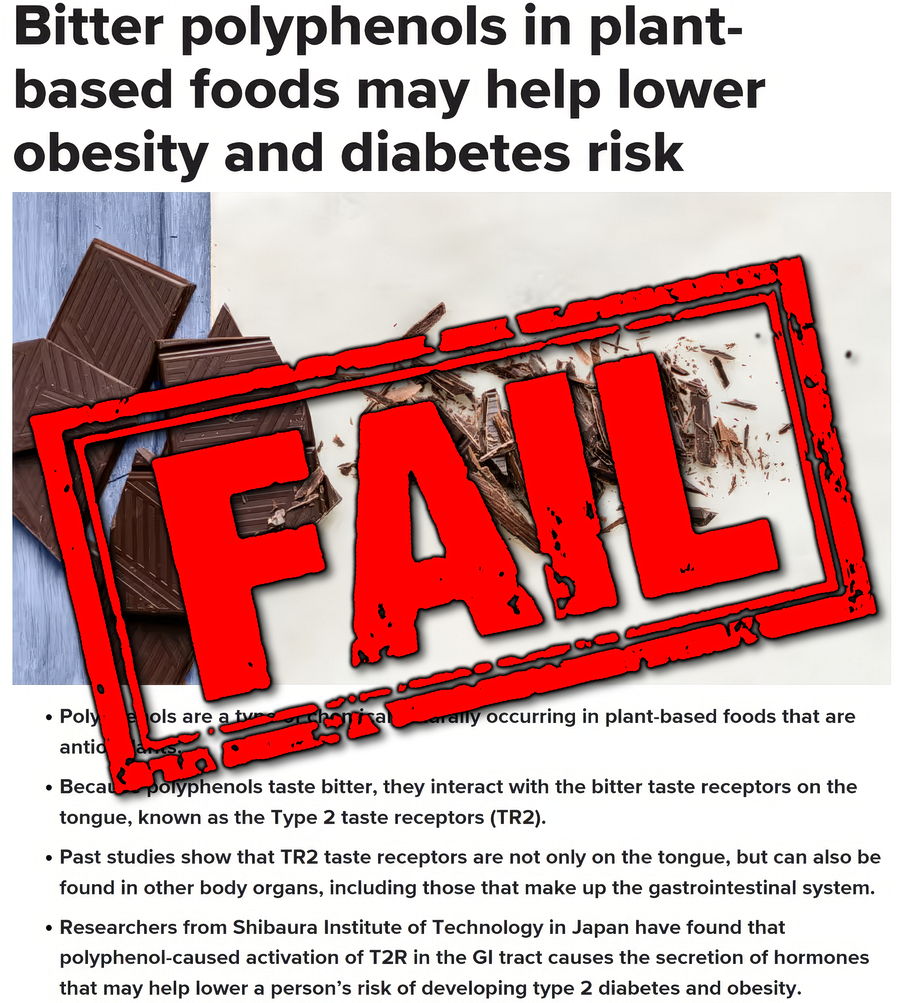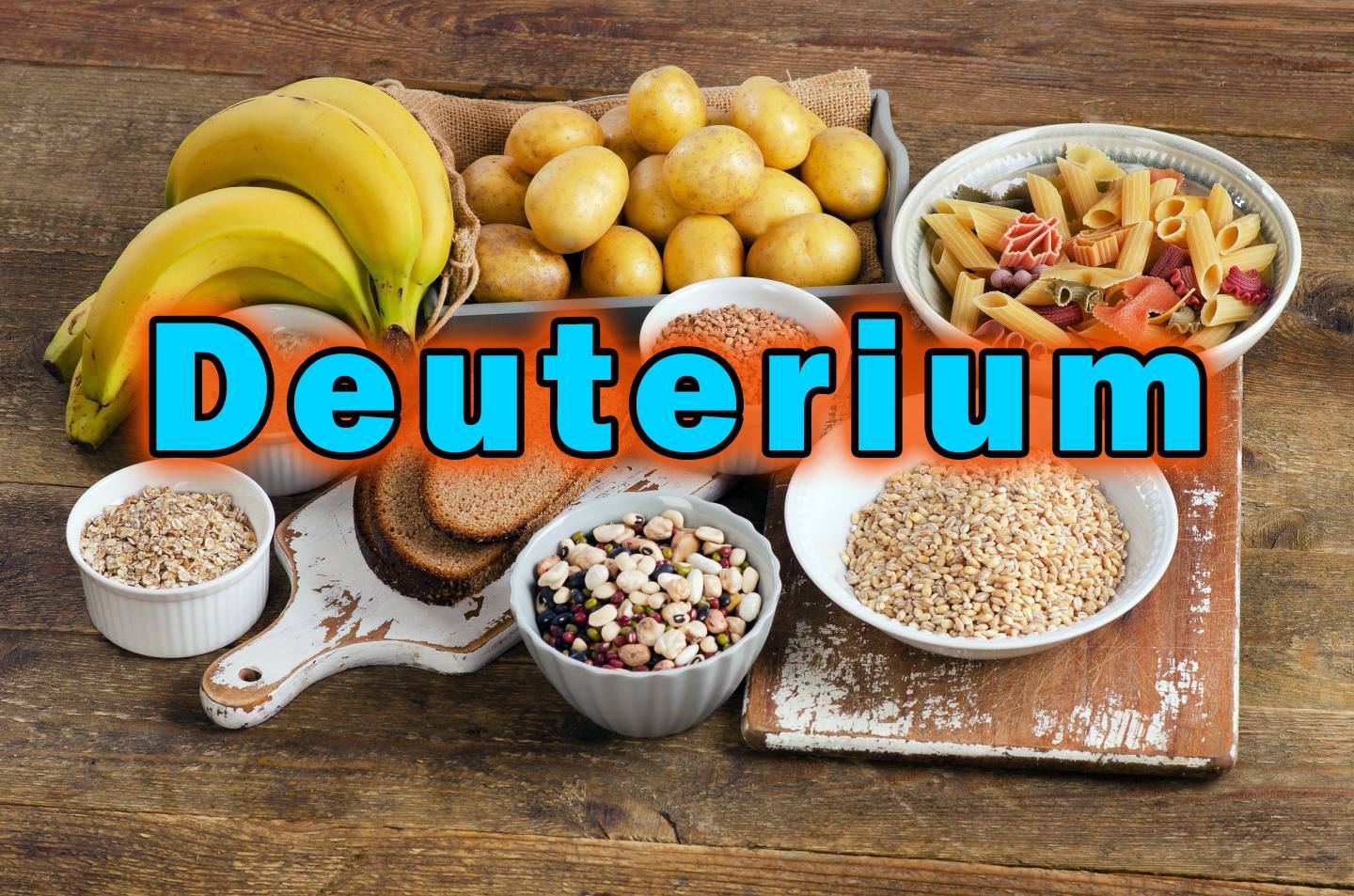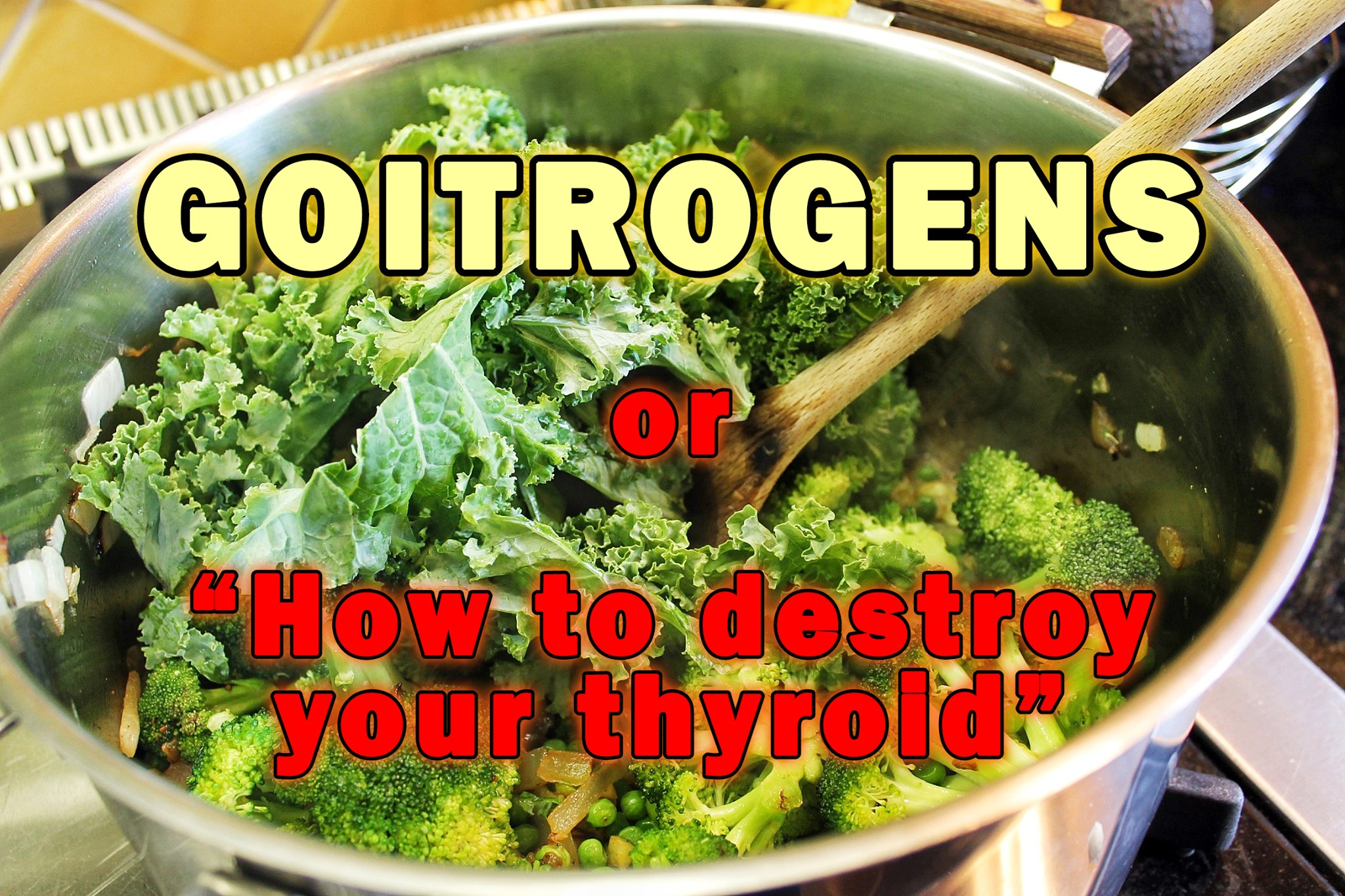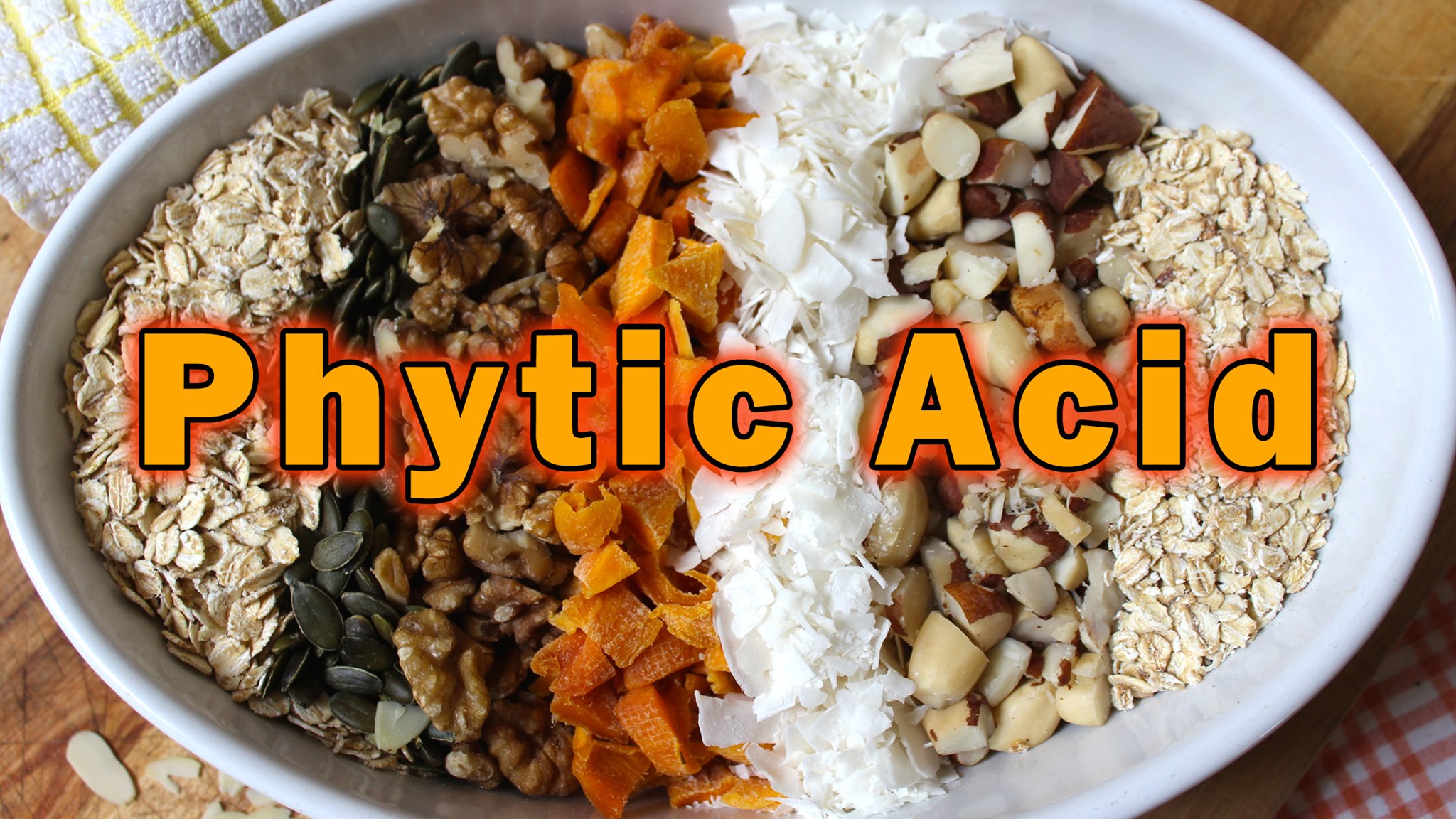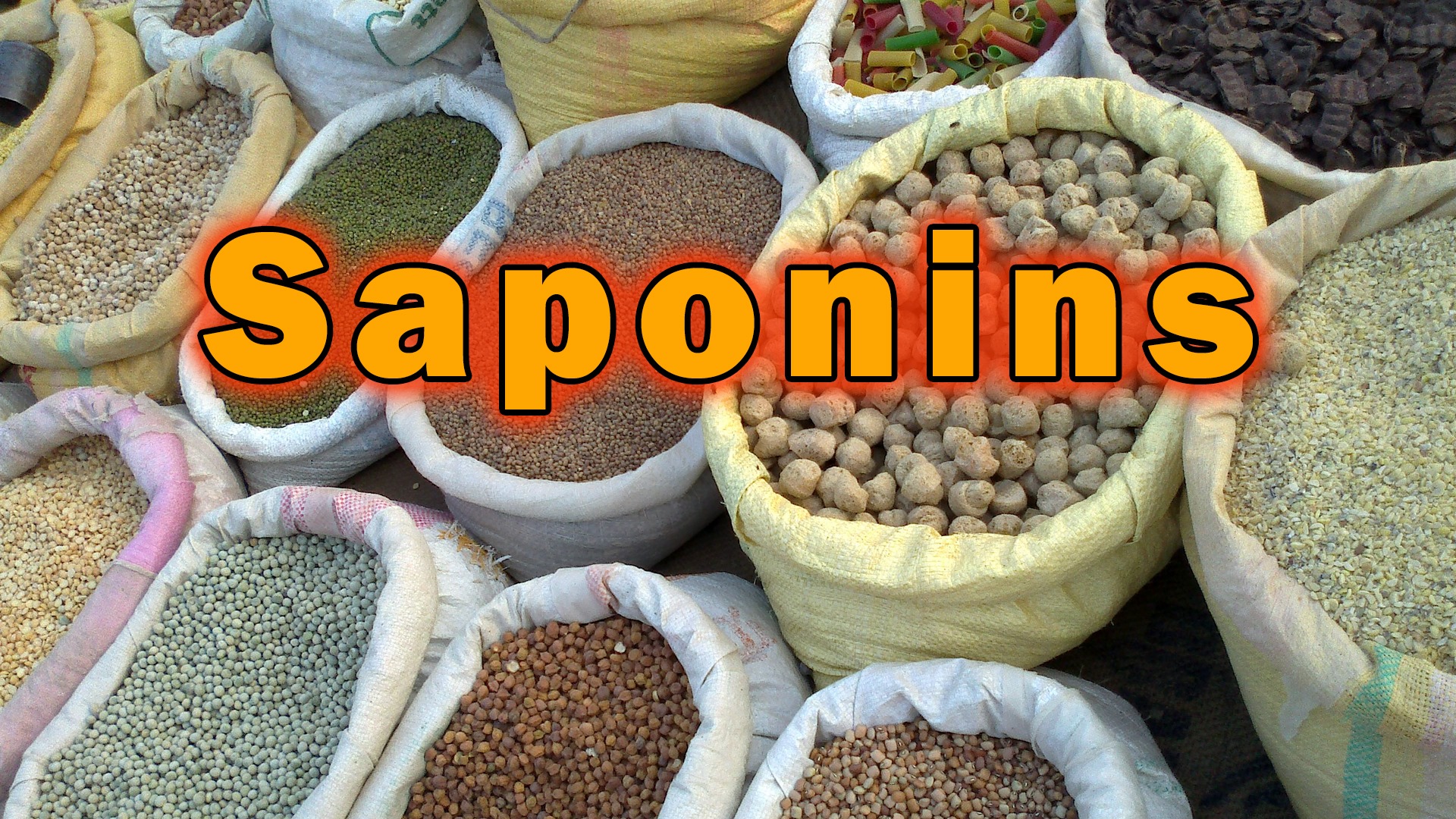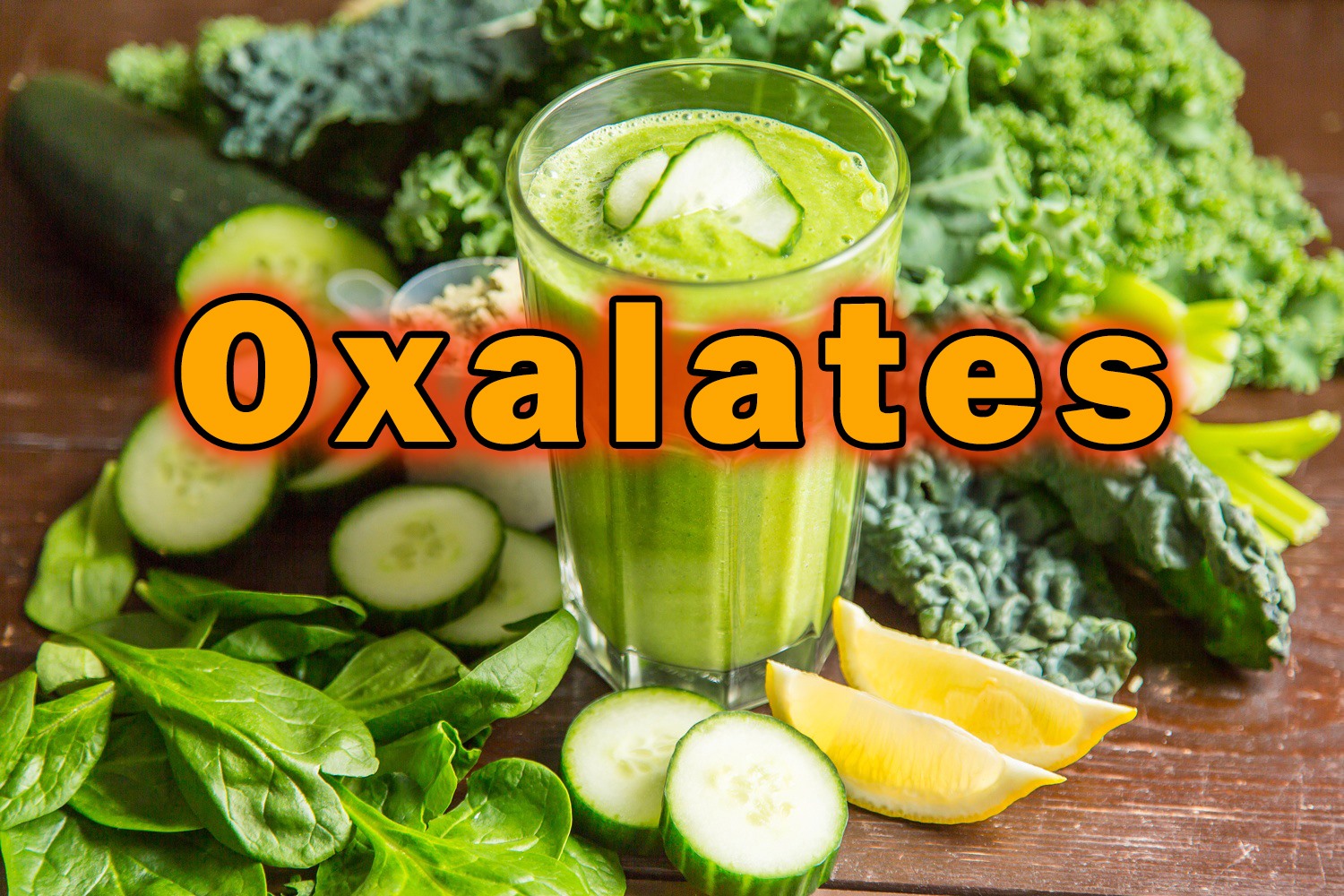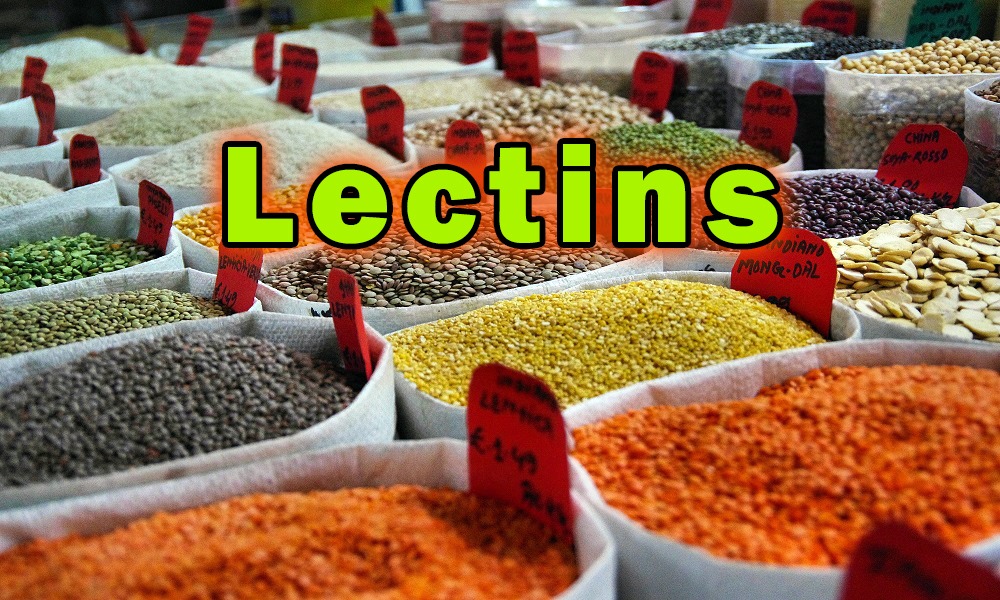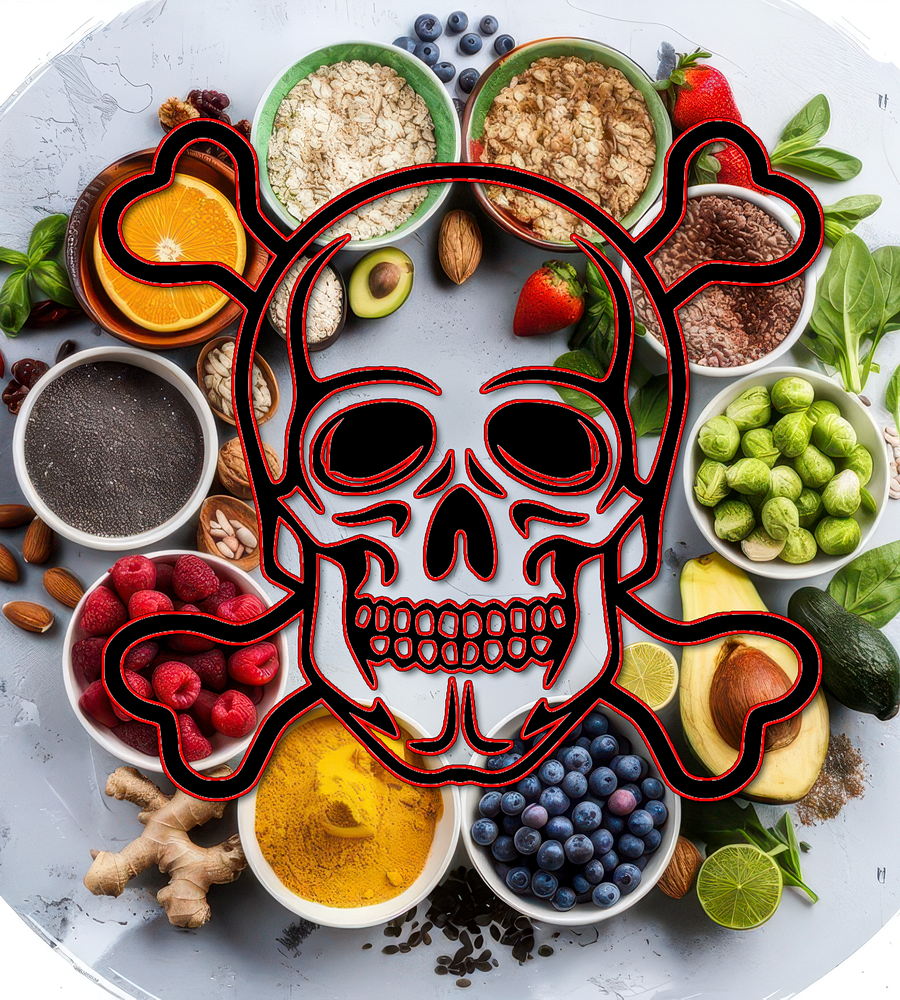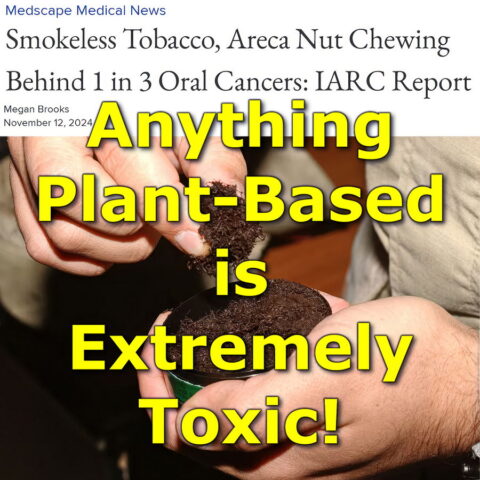Cruciferous Vegetables Lower Blood Pressure By Acute Poisoning
Ah, here we go again. Medical News Today recently covered yet another extremely retarded and diabolic study where both the researchers and the authors show zero knowledge of biology, physiology and biochemistry. As with pretty much every study that is conducted by indoctrinated fools, as in those who studied within the inverted medical field and the food industry’s “nutrition science,” they find what they believe is a “positive effect,” without understanding the mechanism behind […]
Cruciferous Vegetables Lower Blood Pressure By Acute Poisoning Read the Full Article »
